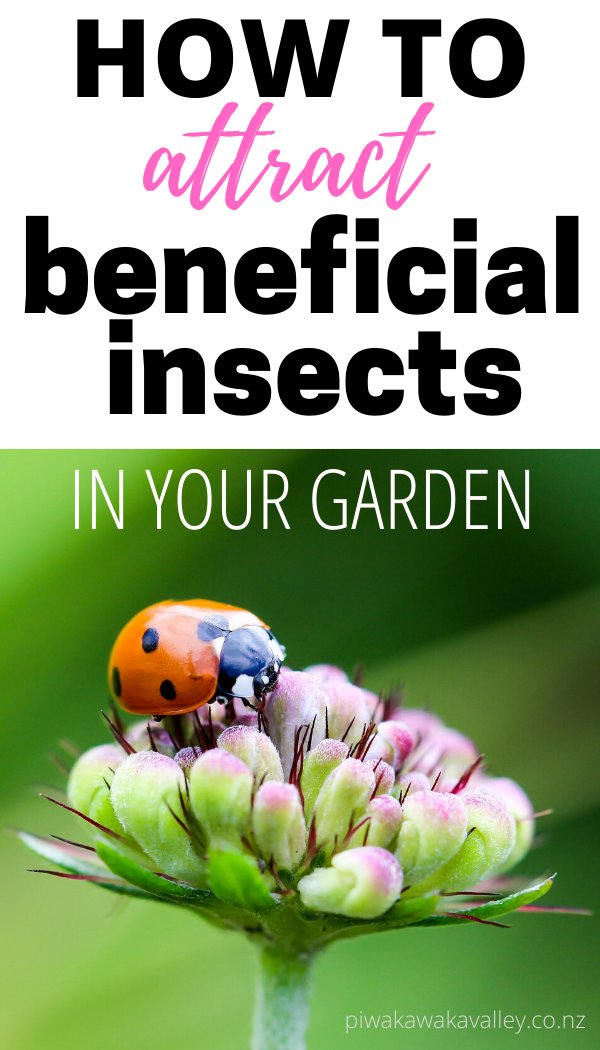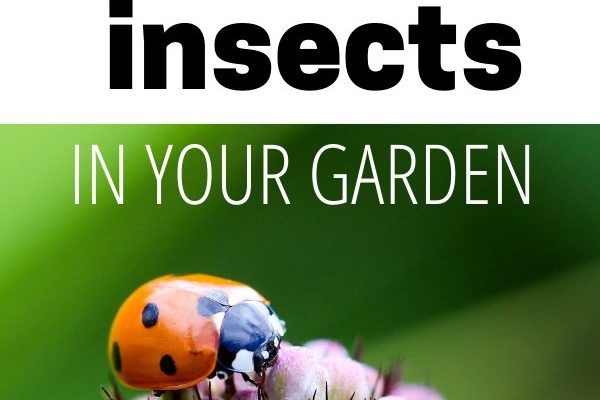
Imagine your garden as a cozy café where inchworms come to dine. Just like we gravitate toward our favorite meals, inchworms have preferred plants that they love to munch on. By choosing the right flora, you can create an inviting environment that encourages these little darlings to visit. Whether you’re a seasoned gardener or just starting out, this guide will walk you through the best plants to attract inchworms to your garden.
Why Attract Inchworms?
You might be wondering why you’d want inchworms in your garden. Here’s the thing—these little caterpillars are the larvae of moths, and they serve as a natural food source for birds and other beneficial creatures. By encouraging inchworms to take up residence in your garden, you help foster a balanced ecosystem.
In addition to supporting local wildlife, inchworms can aid in plant health. As they munch on leaves, they naturally help prune your plants, promoting new growth. Think of them as nature’s little gardeners! Just remember, while they can be helpful, it’s essential to keep an eye on their numbers to ensure they don’t overdo it on your favorite plants.
Choosing the Right Plants for Inchworms
Not all plants are created equal when it comes to attracting inchworms. These critters have specific preferences that can help you create a welcoming garden. Certain species are like the all-you-can-eat buffet that inchworms are always searching for.
Deciduous trees such as oaks and maples are particularly appealing to inchworms. They love dining on the tender leaves, making them prime locations for inchworm habitats. Additionally, fruit trees like apple and cherry trees can also attract these caterpillars. By planting a mix of these trees, you can create a diverse environment that inchworms will find hard to resist.
Top Plants to Attract Inchworms
Let’s dive into some specific plants that can draw inchworms into your garden. Here’s a list that’ll give you a solid starting point:
- Oak Trees: These trees are a classic choice. Inchworms love the leaves, and oak trees provide ample coverage for them to hide and develop.
- Maple Trees: Another favorite for these critters, maple trees offer a variety of leaf shapes that inchworms find irresistible.
- Cherry Trees: Who doesn’t love cherry blossoms? Besides their beauty, they also attract inchworms looking for tasty foliage.
- Beech Trees: With their smooth bark and broad leaves, beech trees are another prime target for inchworms.
- Birch Trees: The white bark of birch trees makes them easy to spot, and their leaves are a delicious treat for inchworms.
By planting a combination of these trees, you’ll likely create a thriving home for inchworms. And remember, a mix of native plants can help to bolster your local ecosystem while attracting these adorable caterpillars.
Creating a Welcoming Garden Habitat
Once you have your plants in place, it’s essential to create a welcoming habitat for inchworms. Think of this as making your garden a cozy lodge for them. Here are some tips:
– **Limit Chemical Use:** Pesticides and herbicides can be detrimental to inchworms and other beneficial insects. Try to use organic methods for pest control whenever possible.
– **Provide Cover:** Inchworms need places to hide from predators. Having a mix of shrubs and ground cover can offer them the protection they need.
– **Diverse Planting:** A variety of plants ensures that inchworms have a consistent food supply without depleting any single source. Rotating plants seasonally can also keep the cycle going.
Creating this environment not only helps inchworms but also supports a wide range of other garden-friendly species.
What to Expect When Inchworms Arrive
So, you’ve planted your inchworm-friendly flora, and now you’re hoping for some visitors. Here’s what to expect when these little guys come to stay.
First off, inchworms won’t arrive overnight. Patience is key! You might start noticing tiny, subtle munch marks on leaves as they settle in. This is a good sign—they’re making themselves at home and enjoying your hard work.
Keep in mind that inchworms go through various stages of development. You may see them as tiny larvae, slowly growing larger. They’ll eventually form into pupae before emerging as adult moths. This life cycle is part of what makes having inchworms in your garden exciting—it’s a vibrant testament to nature’s processes!
Monitoring Inchworm Populations
While having inchworms can be beneficial, it’s essential to keep an eye on their population. Too many inchworms can lead to significant leaf damage, which isn’t ideal, especially for younger or weaker plants.
If you notice a particular plant being heavily affected, you can manually remove some of the inchworms or use natural deterrents like neem oil. It’s all about striking a balance. If you can keep their numbers in check, inchworms can be a fantastic addition to your garden.
Attracting inchworms to your garden might just be one of the most rewarding gardening decisions you make. By selecting the right plants and creating a welcoming environment, you contribute to a healthier ecosystem while enjoying the beauty of nature.
Inchworms can be a delightful part of your gardening journey, showing you the wonders of transformation and growth. And honestly, who wouldn’t want to see a garden filled with life? Embrace the inchworms, and watch your garden flourish in delightful ways. Happy gardening!

